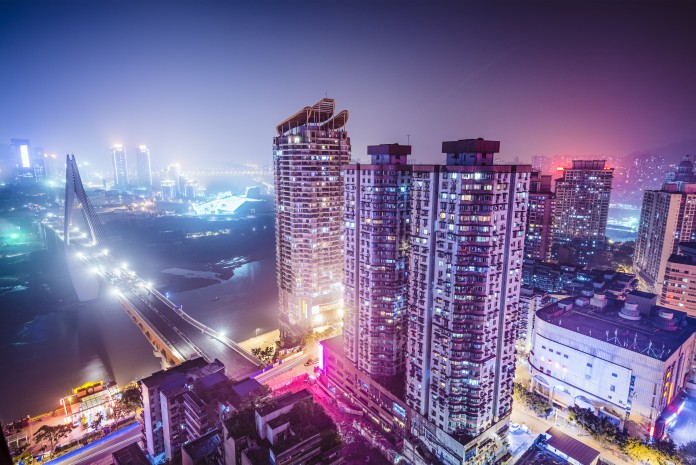Cities and Urban Areas Facing Great Change
Cities worldwide are fast-growing areas, many people leave rural areas and move to bigger cities for better job possibilities, infrastructure and overall quality of living. However, this urbanisation confronts inhabitants, officials and representatives with various issues, conflicts and challenges. Especially very large cities that are developing into metacities, cities where more than 20 million people live, have to deal with issues concerning infrastructure, environment and lack of appropriate housing spaces. As UN HABITAT mentioned in their report from 2006, Tokyo was the first city to be called a metacity, or hypercity, in the 1960s. Other cities such as Mumbai, Delhi, Mexico City, Sao Paulo and New York will soon follow and also become metacities by 2020.
Whereas UN HABITAT defined megacities by the size of a specific city, McGrath and Pickett and other experts from the Baltimore Ecosystem Study (BES) underline that metacities can also be described as cities with multiple dense centres, suburbs and green spaces. You can explain metacities as mosaics of different components called landscapes which are defined by social and bioecological processes, by the choices individuals and city officials make and by the outcome of these decision. It is important to know that the outcome can be both intentional and accidental.

The term metacity serves as a conceptual framework helping people comprehend the socio-ecological relationships in areas all over a city, it is about understanding any city as a system of systems. Metacities are patch dynamic systems with neighbourhoods, districts and boundaries changing over time. There are no clear boundaries between traditional cities anymore. BES explains the phenomenon metacity using the city of Baltimore in Maryland. This city contains a traditional central business district that is very dense and concentrated thanks to the industrial and transportation infrastructure and economy of past centuries, but is also influenced by a shift toward an economy of the 21-st century which is based on service and knowledge. These changes have had an impact on the cityscape of Baltimore; whereas the city itself has lost about 30 percent of its inhabitants, Baltimore County and other counties surrounding the city have grown. This change has resulted in more than 16,000 abandoned houses and available lots within Baltimore.
Cooperation to tackle Challenges
With these crucial changes and the resulting challenges, city officials and representatives have to find innovative ways to deal with the issues they are confronted with. As already mentioned, migration to the cities, sustainability and lack of housing spaces are only a few of these challenges. According to UN HABITAT metropolises such as Tokyo or New York have become that huge that they have also influenced the way people live and work. For example, people living in densely populated villages and suburban areas commute to metacities for work. With the shift in economic bases outwards to peri-urban areas, which are more attractive but less well-regulated, city centres such the one of Baltimore stagnate.
In order to tackle the challenges of metacities innovative technology, exchange and cooperation between city officials of such metacities are necessary. State of the art technology and the growing prevalence of the internet provide urban management with rich sources of data and enable city officials to connect with other city representatives from all over the world and find appropriate solutions for these pressing issues.

